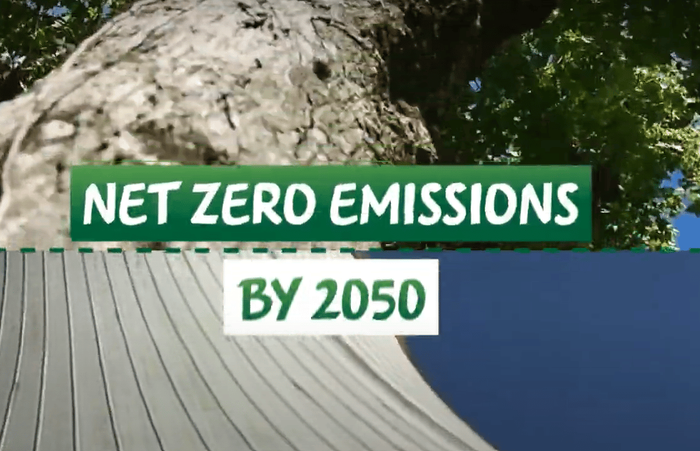Globally 16% of the worlds croplands and grasslands are estimated to be under some type of Agroforestry management.
With a third of trees located on farmlands, they contribute to climate change mitigation by sequetering carbon and support adaptation. For example, by reducing heat stress for crops or by diversifying smallholder incomes. Due to this huge potential, agroforestry is a major component of landscape restoration initiatives and plays a key role in the fight against climate change. Landscape approaches are needed as leverage for impact. All plants in agroforestry systems sequester carbon dioxide from the atmosphere.
Woody perennials
Woody perennials can capture more carbon dioxide per unit area and store it for longer than annual crop. The larger the diameter of a tree the more carbon is stored in its trunk and roots. For example a 160 year old beach tree with a diameter of 70 cm can store up to six tons of carbon dioxide.
When trees are cut, carbon may be retained in wood used for construction or bio char for soil amelioration. As probably not all anthropogenic greenhouse gas emissions can be avoided in the future.
Good agricultural practices
Other examples include; use green manure and mulching and optimize fertilizer use. Plant leguminous trees. This enhances soil fertility and moisture retention and reduces need for irrigation and chemical fertilization.
Plant shade trees to improve micro climate, reduce heat stress for crops and livestock and mitigate droughts. Combined species that are susceptible to different types of pest and diseases will control them. This lowers need for pesticides.
Conclusion
Agroforestry has been used as a sustainable and productive land use by farmers for a millenium. Capitalizing on their experiences, integrating them into modern food production systems and up scaling adaptive practices is a major step towards sustainable food systems. These resilient food systems that can mitigate and withstand climate change.



















